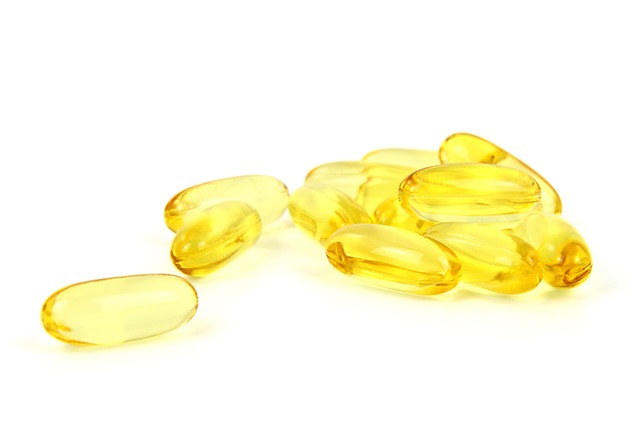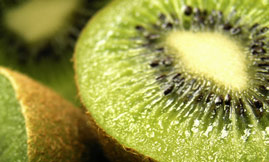
by admin | Jun 18, 2013 | Sleep Disorder
When you can’t sleep, the temptation to pop a sleeping pill is strong. But did you know you could be risking your life? There’s a large body of research indicating that sleeping pills may contribute to as many as 500,000 deaths each year in the United States. Most...

by admin | Jun 18, 2013 | Stress Relief
Introduction: Fish oils concentrated for EPA and DHA have been shown to have positive effects for patients with many different types of psychological disorders associated with stress including depression, bipolar disorder (manic depression), borderline personality...

by admin | Jun 12, 2013 | Healing Food Facts
Kiwifruit is perhaps one of the most unique fruits. With its brown fuzzy skin, and bright green meat, there isn’t another comparable fruit. Kiwi is native to China, where it was consumed for thousands of years. In the early twentieth century, missionaries brought kiwi...

by admin | Jun 11, 2013 | Natural Facts
Despite what you may have heard, overcoming food cravings has nothing to do with willpower. The body has powerful mechanisms that move us to eat. The brain is quite sensitive to drops in blood sugar when we haven’t eaten, and releases a number of chemicals that...

by admin | Jun 11, 2013 | Natural Facts
Introduction: Carnosine is a molecule composed of two amino acids, histidine and alanine that is naturally found in “excitable” tissues, such as muscle and nerve tissue, and reaches high concentrations in skeletal muscle and the brain. Because of carnosine’s...








